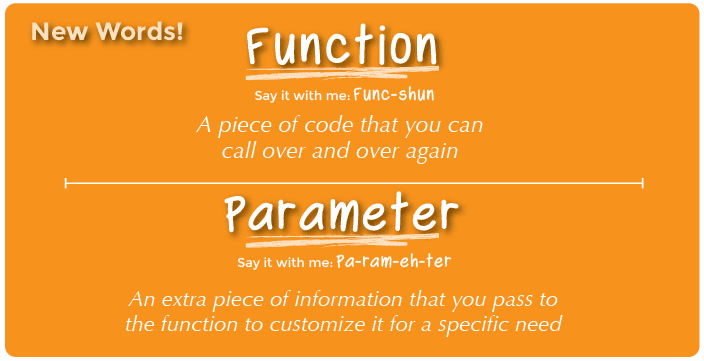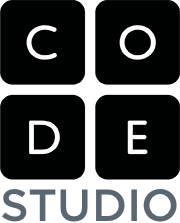- Read and respond to any comments on your blog
- Sign up for an account here
- Launch the Writing Reviser
- Click on Create Essay
- Enter your purpose and audience (you may use "public" for your audience)
- Copy and paste your Oreo post where it says "Enter your essay here..."
- Click Submit
- Click on Sentence Power
- Click on All Verbs
- Read the about strong verbs section
- Are any of your verbs overused?
- Are any of your verbs preceded by the words "was" or "is"? If so, modify your sentence to remove the "was" or "is".
- Click on the back arrow (<) then click on Weak & Hidden Verbs
- Read the about hidden verbs section
- If there are weak or hidden verbs, revise your sentences to remove them
- Click on the back arrow (<) then click on Verb Tenses
- Read the about verb tense section
- If there are any unnecessary shifts in tense, revise your sentences to remove them
- Copy and paste the revised paragraph and post it in your blog
- Logout out of the Writing Reviser
Friday, July 1, 2016
Last day!
Thursday, June 30, 2016
Design a Game
Play the first five puzzles of the Star Wars Hour of Code to get an idea of what a simple game looks like.
What makes something a game?
What is a Game Design Document?
According to Wikipedia, a game design document (often abbreviated GDD) is a highly descriptive living design document of the design for a video game.[1][2][3][4] A GDD is created and edited by the development team and it is primarily used in the video game industry to organize efforts within a development team.Create your game design document by completing this document.
Wednesday, June 29, 2016
Tuesday, June 28, 2016
Thank You Cards
- Complete this assignment
- Draw a picture here for Grandpa Herbert
- Draw a picture here for Grandma Jello
- Ask your teacher to sign you into Punchbowl to send your greetings
- Send your thank you cards using these email addresses
- Call Mr. Yasui
Friday, June 24, 2016
Thursday, June 23, 2016
Wednesday, June 22, 2016
Tuesday, June 21, 2016
Monday, June 20, 2016
Friday, June 17, 2016
Request for Help
- Complete this assignment.
- Ask your teacher to review it.
- When approved, email it to the recipient.

Thursday, June 16, 2016
Songwriting with Parameters
- Read the vocabulary words to the right.
- Share an example of a function that you used in a recent code.org puzzle.
- Share an example of a parameter that you used in a recent code.org puzzle.
- Let's look at the lyrics for this song together.
- Discuss
- Why do you suppose genius.com wrote the chorus once in the beginning instead of writing it over and over in each place where it is supposed to be sung?
- What are other benefits of only writing the chorus once when you sing it many times?
- Imagine that this song is a computer program. Defining a title (like "chorus") for a little piece of code that you use over and over again is called creating a function. This is helpful to computer scientists for the same reasons that it is helpful to songwriters.
- It saves time not having to write all the code over and over in the program.
- If you make a mistake, you only have to change it in one place.
- The program feels less complicated with the repeating pieces defined just once.
- Discuss
- What if the chorus isn't exactly the same each time you repeat it? What would you do?
- Listen to this song.
- What are the lyrics for the chorus?
- What are the parameters?
- What would the program for the song look like?
- Print and complete this activity.
- Take a picture of the completed worksheet (page 2 only) and post it to your blog.
- Include an RJ about this activity.
- Can you think of any popular songs that have a changing chorus?
- Continue working on your code.org puzzles.
Wednesday, June 15, 2016
Monday, June 13, 2016
Friday, June 10, 2016
Computational Thinking
- Login to code.org.
- Watch this video on computational thinking.
- Review the vocabulary in this lesson.
- Share your ideas for the Elbow Partner Discussion Question.
- Read the paragraphs in the Introduce section.
- Study the classified monsters on the right.
- Decompose the monsters into smaller parts.
- What do all monsters have in common? What is the monster pattern?
- Draw a Zombus Spritem in this Google Draw document.
- What details can we abstract out to generalize the description of the monsters?
- What algorithm can you create to instruct someone to draw a specific monster.
- Create an algorithm to draw a Franken Vegitas.
- If time permits, continue working on your coding puzzles.

Thursday, June 9, 2016
Wallow in Wonder!
- Finish your first post on "Student Voice"
- Post your bit creation from yesterday and write a short entry about it

What is it?
- What did you learn?
- Why did you choose this design?
- Study this poster.
- Write an RJ about a moment when you responded with wonderment and awe.
Wednesday, June 8, 2016
Tuesday, June 7, 2016
Student Voice and Blogging

- What is "Student Voice"?
- Conduct a quick Google search on "student voice"
- Read this article on blogging in education -- stop at "Additional Resources"
- Review this rubric and student exemplars
- Start a blog. Use this guide if you need help.
- Write your first post on "Student Voice"
- Post your bit creation from yesterday and write a short entry about it
Monday, June 6, 2016
Welcome to Yo Yo Academy!
- Login here using the secret words from Mrs. Yo
- Watch the first video
- Login to your Google Drive
- Take turns reading this
- Using the Binary Decoder, identify the letters represented by your teacher on this grid
- Write your name using the Binary Decoder
- Write a word using the Binary Decoder
- Draw a picture around the word that represents that word (eg: buddy)
Subscribe to:
Posts (Atom)







